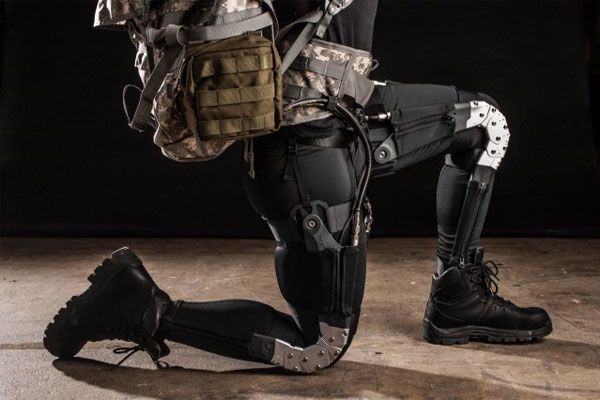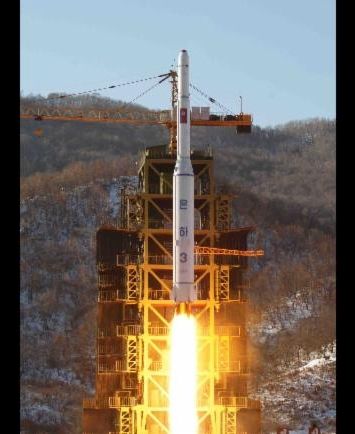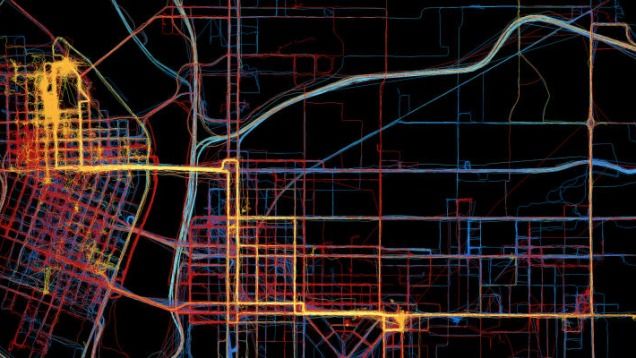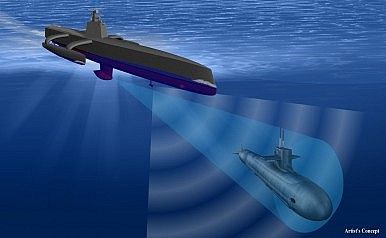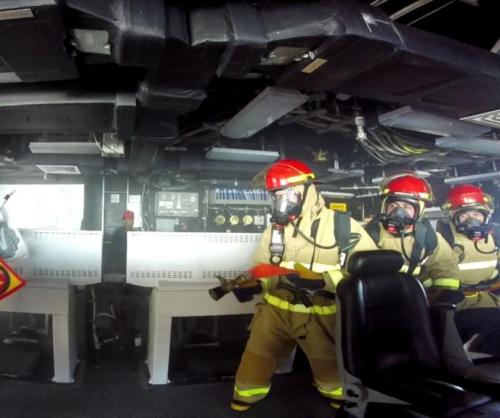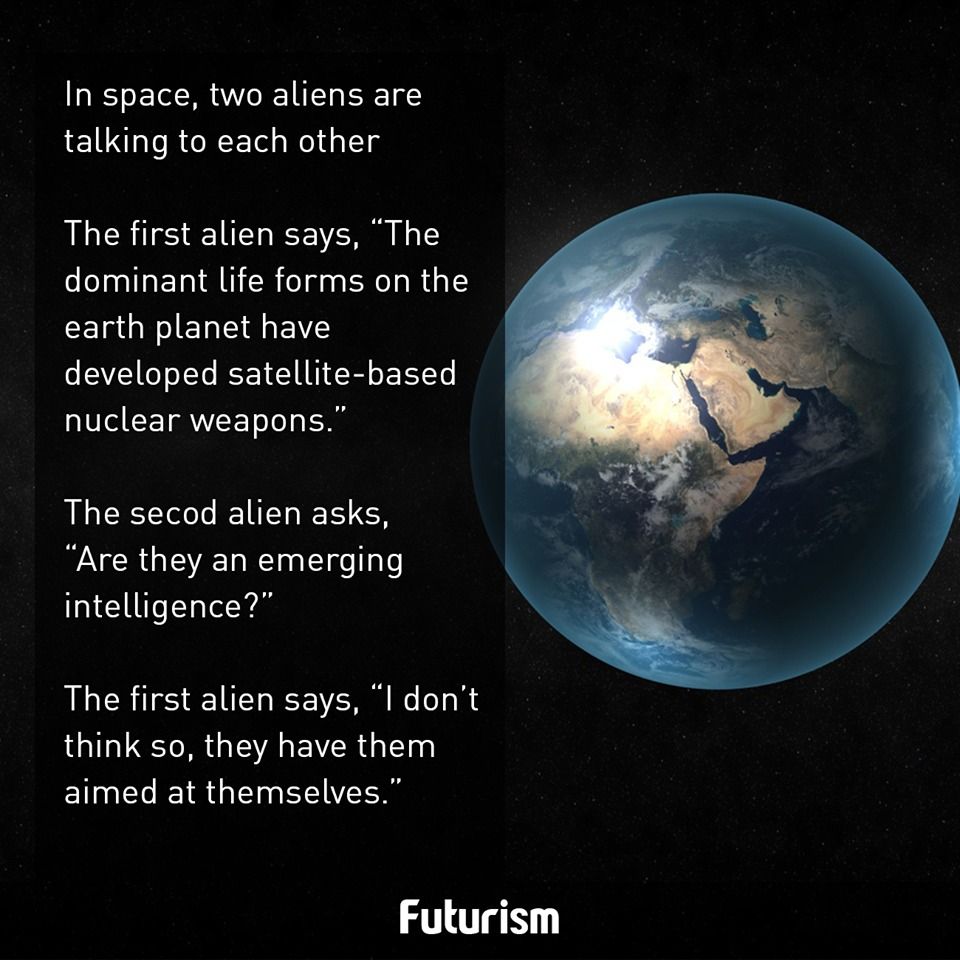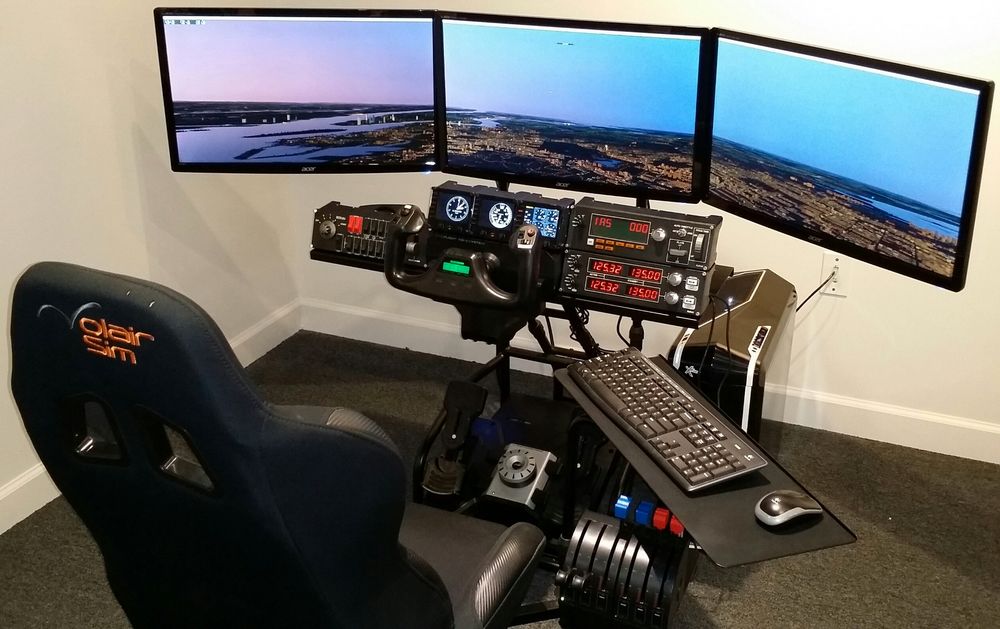
You can learn how to improve your novice pilot skills by having your brain zapped with recorded brain patterns of experienced pilots via transcranial direct current stimulation (tDCS), according to researchers at HRL Laboratories.
“We measured the brain activity patterns of six commercial and military pilots, and then transmitted these patterns into novice subjects as they learned to pilot an airplane in a realistic flight simulator,” says Matthew Phillips, PhD.
The study, published in an open-access paper in the February 2016 issue of the journal Frontiers in Human Neuroscience, found that novice pilots who received brain stimulation via electrode-embedded head caps improved their piloting abilities, with a 33 percent increase in skill consistency, compared to those who received sham stimulation. “We measured the average g-force of the plane during the simulated landing and compared it to control subjects who received a mock brain stimulation,” says Phillips.

